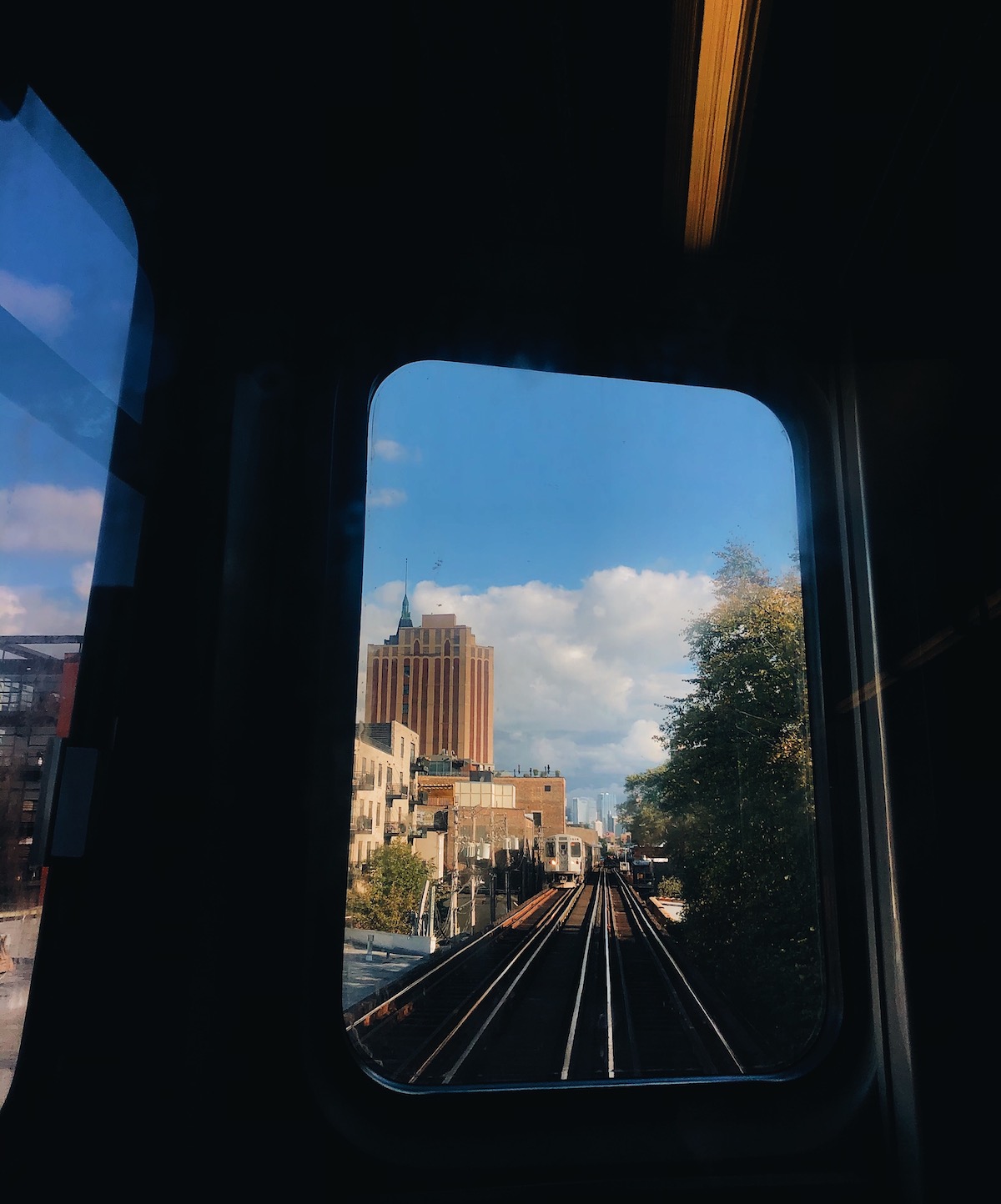
In case you haven’t heard, public transportation across the US is in trouble. Click here to jump to the actions you can take to help out right away.
If you’ve hung around The Sidewalk Club for very long you’ll know I have a deep affection for public transportation. It’s actually one of my core goals for the mag: to normalize and encourage riding public transportation as a means to connect with our cities and become more sustainable citizens.
When people discover I regularly choose public transportation to get around the city, they’re often surprised. I’m a middle-class white woman and most of my travel time is with my kids, so I don’t meet the stereotype many people have of the average transit rider. But that doesn’t stop me. I love public transportation because it’s safer, better for the environment, cheaper, healthier, less stressful, and far more interesting than driving a car.
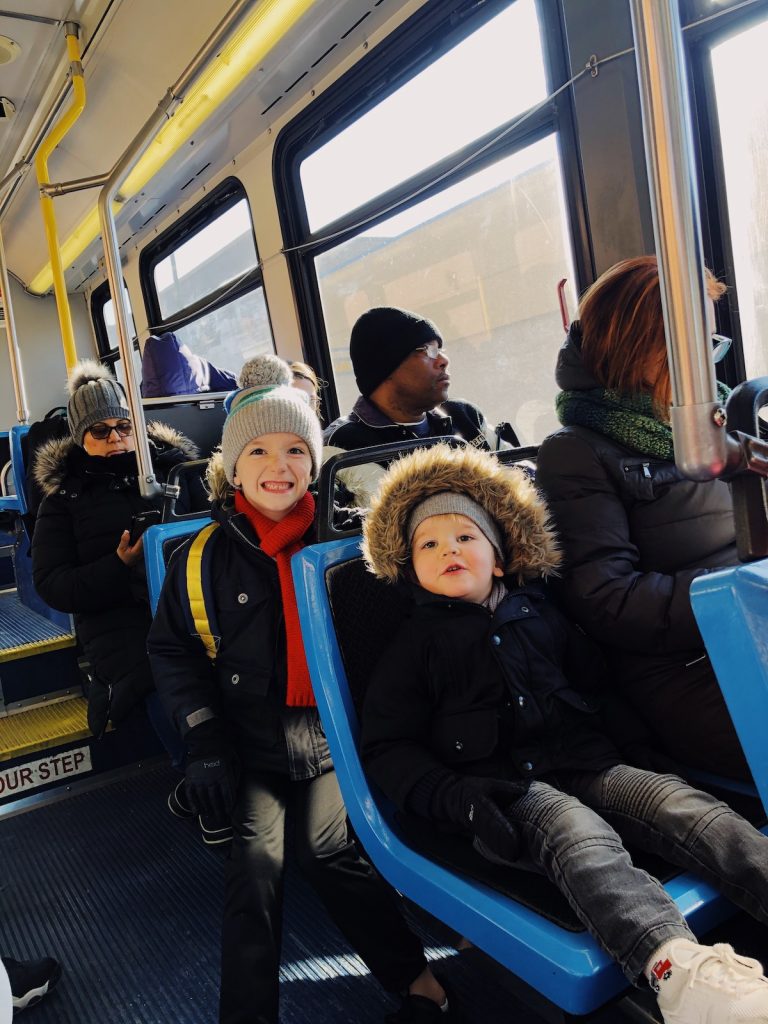
The American Public Transportation Association Reports that we can reduce our chances of being in an accident by 90% just by taking public transit, and found in 2018 that there were 146 times more fatalities on highways than on transit. Did you get that? One hundred twenty-six! Let me say it again for effect: for every fatality on public transit, there were 146 more on the highway in a car, and that’s not including non-highway crashes. Remember that stat next time you hear sensational media coverage of a subway accident or train derailment. Accidents happen, but much less frequently than car crashes.
I’m often asked—delicately—whether taking the train or bus is safe, or whether I’m comfortable traveling on transit through “that neighborhood.” In my response, I like to cite the correlation of crime and poverty in disinvested areas and point out that those neighborhoods are often the subject of systemic racism (a nice aside!), but I do understand the root of the question. Public transportation is thought to—and in truth, does—service lower income riders and communities, places that are often perceived as more dangerous in terms of crime. My experiences riding public transit hold up to the statistics: crime rates during transit travel are significantly lower overall than crime rates relating to automobile travel. In 2014, the Journal of Public Transportation found 500 times more crimes committed against motorists than transit passengers (emphasis mine).

I once had my phone picked out of my back pocket on the bus, resulting in a fantastic party story of how my husband chased down and confronted the thief in a laundromat. That’s the extent of my transit-related criminal experiences in five years of riding busses and subways. It’s easy to make smart choices to keep safe on transit, like keeping your belongings close (yes, I learn from my mistakes) and never boarding an empty train car or a suspiciously empty one. Pro tip: the empty cars probably contain fresh vomit. I never said public transit was for the timid. But safe? The data and I agree: yes.
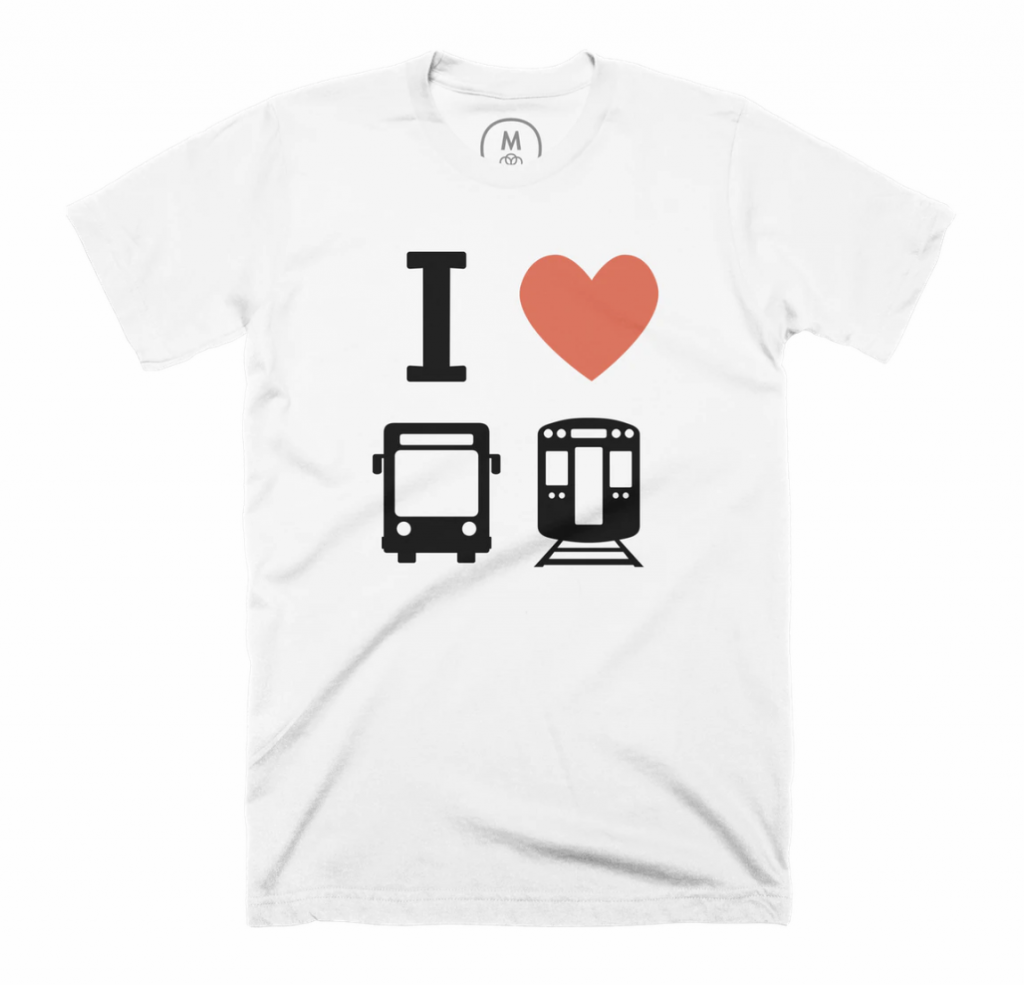
Taking public transit (and riding my bike) means I don’t need to own a car which saves my family an average of $10,000 dollars a year. For the average auto-owning family, 93% of transportation expenses cover purchasing, maintaining, and driving a car. No thank you! I’d much rather take a seat on the bus, let the driver navigate traffic for me, and read Jane Jacobs or scroll Instagram to pass the time. And if there are no seats available, as often happens during rush hour on the subway, I’ve become quite skilled at holding a paperback book in one hand and grabbing a pole with the other. Standing burns more calories than sitting anyway. Healthier—check!
When it comes to caring for the environment, public transportation wins against personal vehicle travel every time. Air pollution is measured per passenger mile, meaning driving to Target alone in a minivan emits 0.92 pounds of CO2 per mile. Riding the bus to Target with 10 other passengers burns .64 pounds of CO2, which, split between all passengers, comes out to .062 pounds of carbon emissions. Not a fan of maths? I’ll tell you straight: public transportation can carry far more passengers on each trip, making its total emissions significantly less than trips by personal vehicle. Taking the bus or train is a win for the Earth, friends. That takes the cake for me.
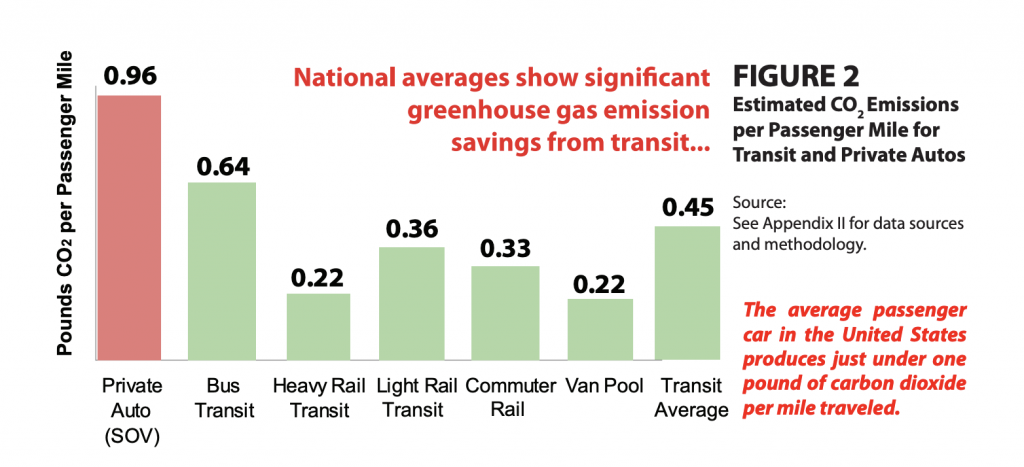
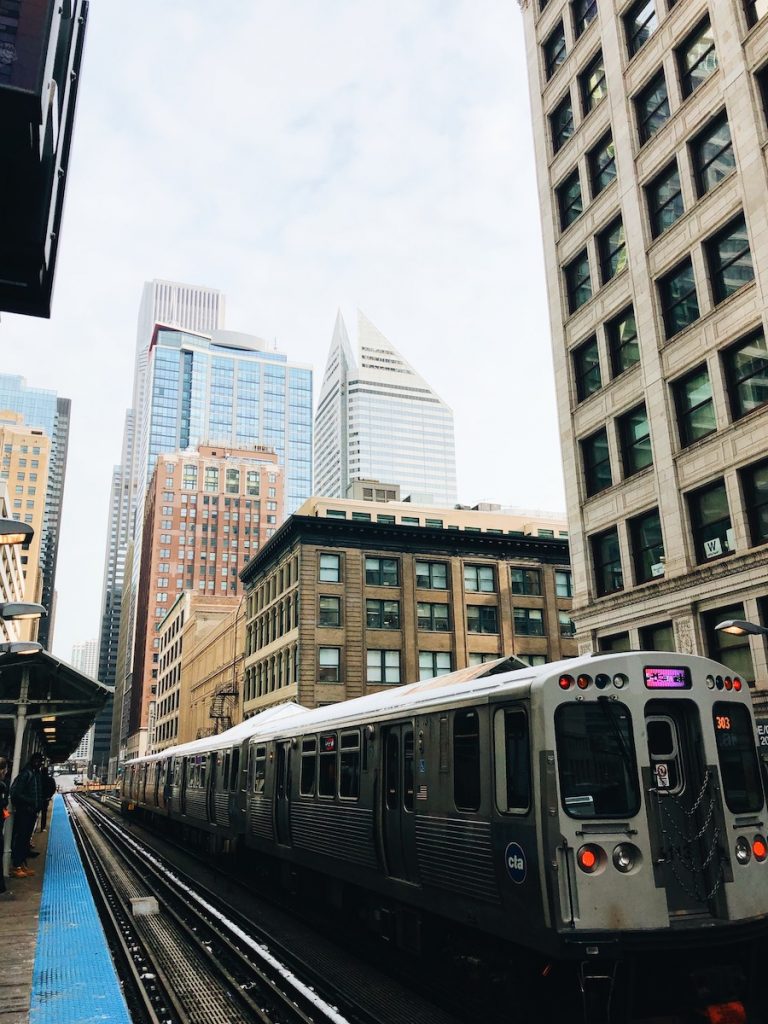
I have plenty of criticisms when it comes to efficiency (more bus lanes, please) and accessibility (more operating elevators for people with disabilities, please) and equity (more funding and routes in the neighborhoods that need it most, please) and cleanliness in public transportation, but I’ll celebrate what I have and keep singing the praises of public transportation.
The electric feeling of a whole train station tapping along with a busker’s tune and then erupting into applause is incomparable. Laughing with my child at the whoosh of air pushed by an oncoming subway is priceless. Learning the names and faces of drivers and passengers on our bus route home from school is stuff life is made of. I love public transit.
In case you haven’t heard, public transit across the US is in trouble. Ridership (including my own) is down significantly, causing a funding deficit that threatens the future of our transportation systems for years to come. The New York Times, Transit Center, and Transportation for America all report that the situation is dire and I can’t just stand by! I’m urging you (and your transit-loving kids) to help, in one of the following ways:
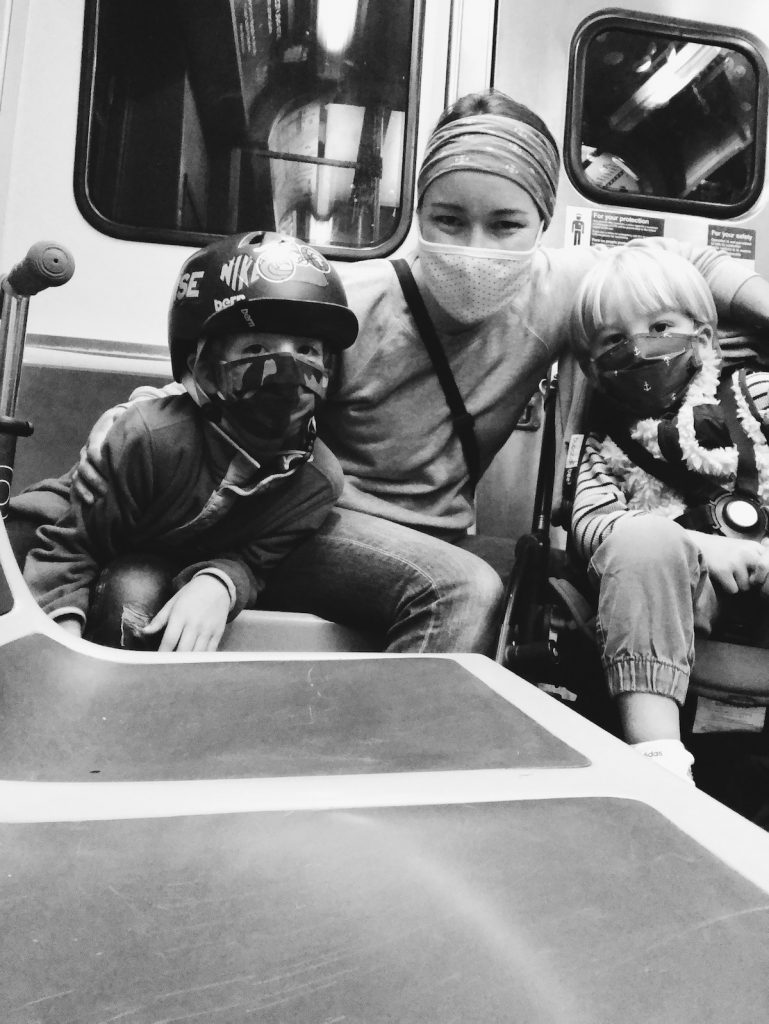
- We’ve created a template for kids to send a letter to Congress asking them to keep public transportation afloat with operation support in the next stimulus package. Download it for free it here.
- Transportation for America has a pre-filled email that constituents can send to their lawmakers.
- At the very least, share your story along with Transit Center on social media with the hashtag #TransitIsEssential.
